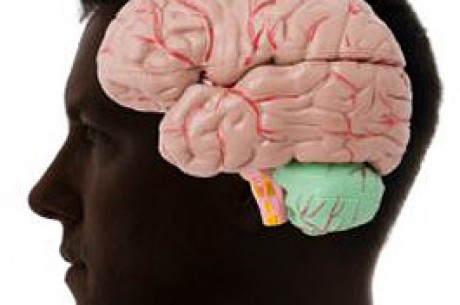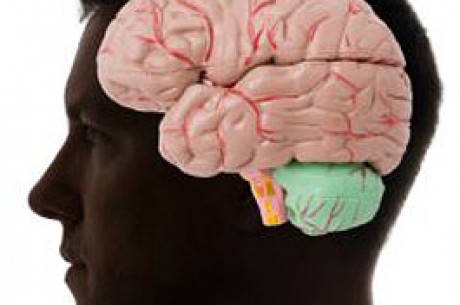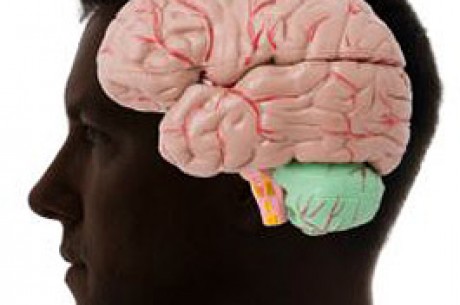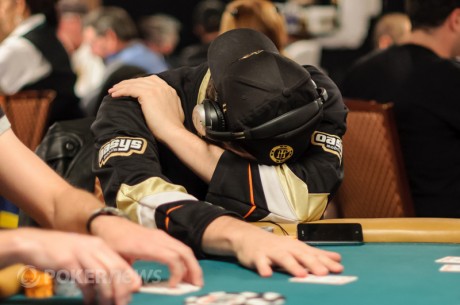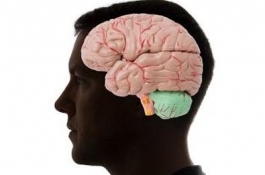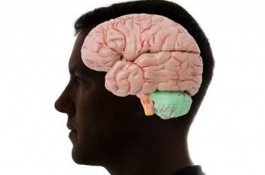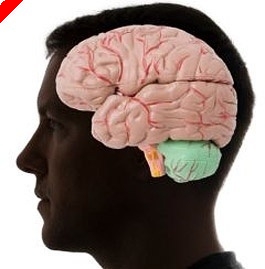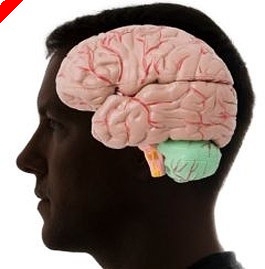The Poker Shrink, Vol 38 - Reading a Player with Clusters
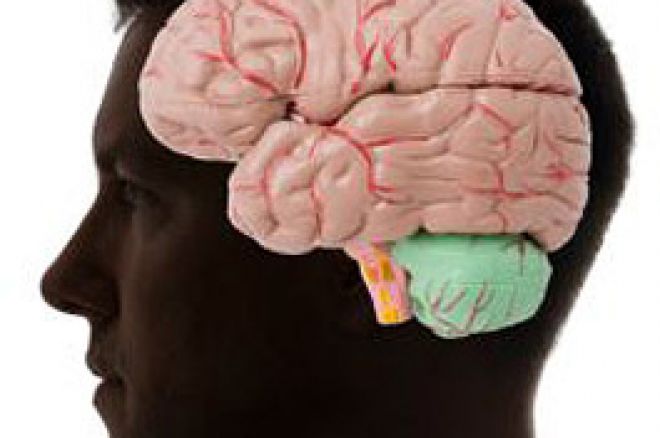
Everyone wants to be able to read an opponent at the table but what does it mean when he riffles his chips? Why did she smile when she made that bet on the turn? Is that nervous twitch really a tell and if it is does it mean he has a good hand or he is running a bluff?
Perhaps there is just too much information rather than not enough. Every player tries to give off minimal readable tells but many players, particularly the talkative ones, actually give you more information than you can process. Rather than try to throw out the useless information looking for the useful, perhaps you might try looking for a group of signs that all point in the same direction.
This process of finding similar things that tend to have the same meaning is called clustering. What if rather than trying to figure out if that nervous twitch means a monster hand, what if you could look for half a dozen tells that all pointed to that same conclusion.
Clustering, often called data clustering, is the classification of objects into different groups, or more precisely, the partitioning of a data set into subsets (clusters), so that the data in each subset share some common trait. [Wikipedia]
Any body language signs, speech patterns, twitch, or tell need to be evaluated as a cluster and not as random, unrelated events. One tell alone might just be a personal nervous habit, so we look for more elements of identifiable clusters.
Let's start with the player with a strong hand; we obviously want to look for signs of confidence or strength. This is called a Positive Evaluation Cluster and may consist of any or all of the following data signs:
- Leaning forward (the most common tell of a monster hand);
- Head slightly tilted (our necks tend to get rigid and straight when we lie or are afraid);
- Free hand resting on table (but this must be a change to normal behavior);
- Legs uncrossed (again only if new behavior);
- Dilated pupils (it's why people wear sunglasses at the table).
The next cluster goes with the Positive Evaluation Cluster but note the differences, this one is called the Confidence Cluster. Remember a confident player might be wrong, they might be a bad player but confidence should tell you a lot about how they will play there hand. Signs of the confident player:
- Leaning back with hands behind their head (this is the easiest tell in poker to read);
- Hands pressed together to form a triangle (you have seen this a thousand times in movies);
- Hands on hips or surprisingly hands in pockets even while seated.
On the opposite side of the spectrum is the Negative Evaluation Cluster, this player does not feel good about their hand and will show these signs:
- Leaning back from the table;
- Legs crossed (again only as a changed behavior);
- Head bowed (the easiest tell to fake);
- Body turned/pointing away from table (not including talking to the cocktail waitress);
- Constricted pupils (makes you want to buy sunglasses, doesn't it);
- Free arm placed across chest as a barrier, or both arms folded across chest (the first tell I had to learn to break);
- Free hand resting on chin, supporting their head- often with a finger across the mouth (another tell that players will fake);
- Slow eye rubbing (any movement to the eyes is a sign of weakness).
If a player is unsure of their play then the opposite of the Confidence Cluster is the Hesitant Cluster, consisting of:
- Closing hands or even tightly clenching fists;
- Stroking the chin (this one is the least reliable, as some folks do this whenever they think);
- Scratching ears or neck below or behind the ear (no really!);
- Scratching top or back of head (but not the nose or forehead).
The key to using clustering is that you can gain knowledge and verify it by finding several clustered mannerisms in a single player during a single hand. One tell alone is risky, two is better, three could lead to confirmation.

